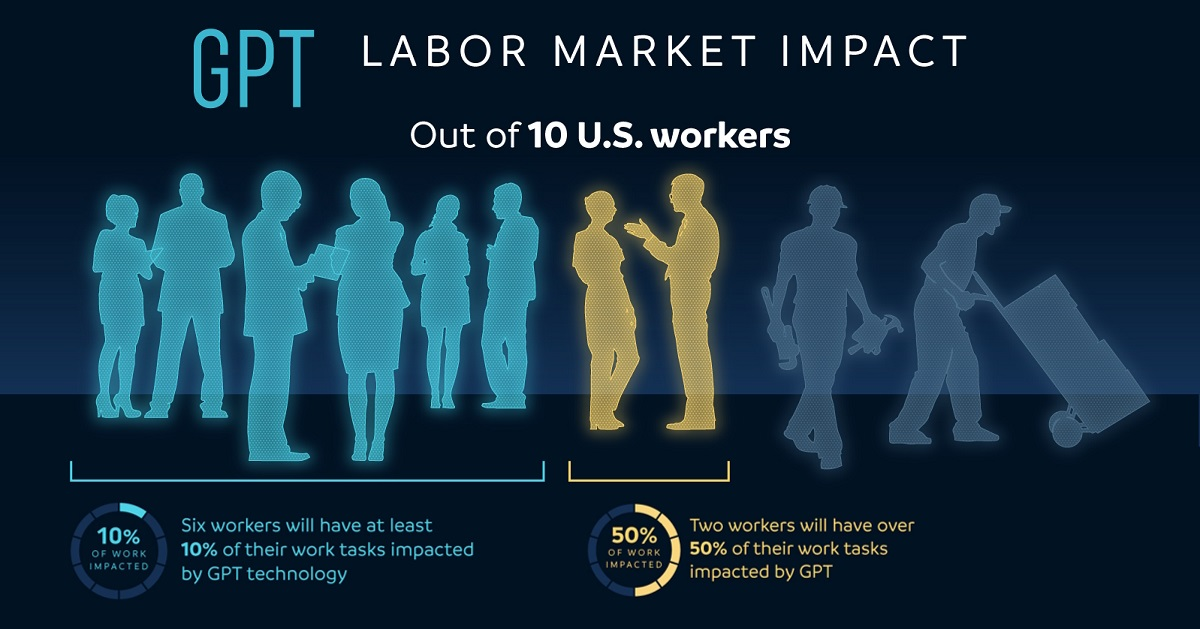President Joe Biden has signed the first executive order on artificial intelligence (AI) in the US. This action mandates new safety assessments, equity and civil rights guidance, and research on AI’s impact on the labor market.
The executive order is set to have an immediate effect, leveraging the “force of law” to ensure the safety, security, and trust of AI technologies.
SponsoredBiden AI Executive Order Signed Into Effect in US
The executive order is divided into eight crucial components, each addressing a different aspect of AI use and development. It includes creating new safety and security standards for AI, protecting consumer privacy, advancing equity and civil rights, protecting consumers, supporting workers, promoting innovation and competition, working with international partners, and developing guidance for federal agencies’ use and procurement of AI.
The order stipulates that AI companies share safety test results with the federal government. It also provides guidelines to landlords and federal contractors to prevent AI algorithms from exacerbating discrimination. Furthermore, it directs the Department of Health and Human Services to evaluate potentially harmful AI-related healthcare practices.
In terms of supporting workers, the executive order calls for a report on the potential labor market implications of AI. It also outlines ways the federal government could support workers affected by AI-induced disruption.

According to White House Deputy Chief of Staff Bruce Reed, the executive order signifies the,
Sponsored“strongest set of actions any government in the world has ever taken on AI safety, security, and trust.”
It builds on voluntary commitments previously secured from leading AI companies and represents the first major binding government action on AI technology.
Read more: The 6 Hottest Artificial Intelligence (AI) Jobs in 2023
How AI Regulations Are Coming Along Internationally
Internationally, the G7 nations are working on a voluntary ‘Code of Conduct’ for advanced AI systems. This initiative, known as the “Hiroshima AI process,” aims to promote safe, secure, and trustworthy AI worldwide.
It encourages companies to identify, evaluate, and mitigate risks throughout the AI lifecycle and emphasizes robust security controls.
The ‘Code of Conduct’ is a beacon of hope amidst rising privacy concerns and security risks. It encourages companies to publish public reports on AI capabilities, limitations, and usage. European Commission digital chief Vera Jourova has stated that the ‘Code of Conduct’ would act as a bridge until regulation is in place.
As AI continues to evolve, these proactive stances taken by the US government and the G7 nations are timely responses.
They represent significant steps towards harnessing the power of AI responsibly, maximizing its benefits while effectively managing potential risks.

